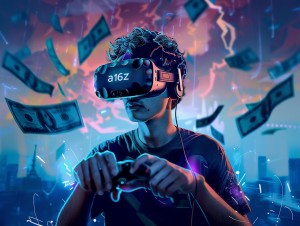The history of digital art is a long and diverse one, spanning decades and continents. Digital land art, however, is much newer. In 2013, a digital artist combined light perception with real landscapes to create a kind of “digital land art.” Soon after, other artists joined in those techniques.
These various art forms were united by their focus on creating new ways to explore traditional concepts of landscape through sculpture, performance art, installation art, photography, video art, and more.
However, as with any other digitized art at the time, it would be impossible to verify ownership in a trustless manner. That all changed with the advent of the blockchain, enabling trustless, decentralized ownership of any digital asset, including digital art.
Next Earth is pioneering decentralized, digital land art (DLA) through the form of “pixel art” on a blockchain replica of the Earth. DLA is an exciting evolution that uses computer graphics and blockchain to create decentralized art that would otherwise be impossible to realize. While DLA has yet to achieve the level of mainstream recognition of its traditional digital art counterpart, it is still very much alive and growing.
Traditional land-based works
Traditional land-based artworks placed a lot of focus on finding the right landscape, whether it’s a natural element in an urban environment or an extreme wild location.
Once a location was selected, various techniques would be used to merge the digital and the physical, such as stroboscopes and visual animation.
More recently, drone art is taking advantage of the open air, as opposed to the land itself. New technology has made entering a room full of drones and controlling them in real-time possible, which opens up the possibility for artistic techniques like glitch art, or using physical light projections (through lasers) to highlight objects in the scene.
When combining the physical and the digital, the only limitation is one’s mind. Other artists have projected art onto trees, creating 3D illusions from the streets of Paris to Cambodia.
But these examples tap into something more fundamental: the freedom afforded us by modern technology that allows us unprecedented access to our environments and surroundings.
Digital Land Art
Next Earth is bringing digital land art to the blockchain by allowing users to purchase “tiles” on a virtual replica of the Earth and create pixel art using these tiles.
The Next Earth platform is a digital reality built on top of the Ethereum network. It gives developers access to an amazing new toolbox for pixel art creation and distribution.
Artists have always struggled with ways to make money off their creations, especially when they don’t fit into a pre-existing category or niche market. That’s why we need platforms like Next Earth that give artists full creative control over their work while also providing them with fair compensation for their efforts, by giving them the ability to sell their pieces in a decentralized marketplace.
While other platforms have tried to solve this content monetization problem through centralized gatekeepers, Next Earth provides artists with decentralized tools that are censorship-resistant and permissionless by design.
This means that even if some big company wants to buy out all your creations, you can always take them elsewhere – like into another blockchain. This is a huge deal for artistic freedom because, in addition to being able to monetize your art via crypto-collectibles, you can now create much more complex artworks.
Pixel art is an expressive medium that has been used extensively in video games but has rarely been applied in other types of digital content. By enabling pixel art on the blockchain, Next Earth is leading a new frontier in artistic expression.





